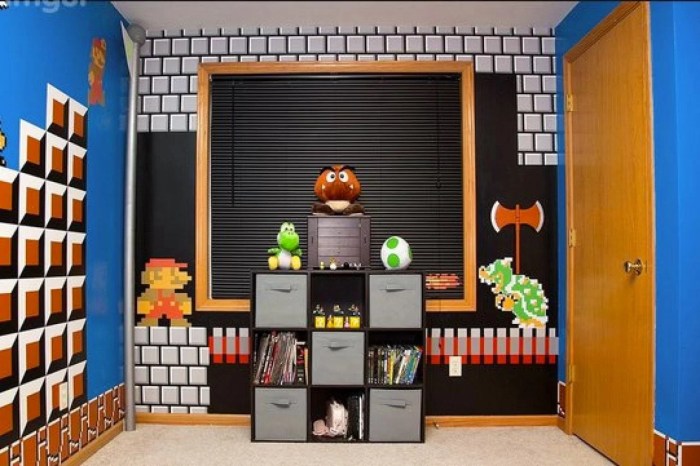Benefits of Coloring Worksheets for Kids
Coloring worksheets for kids – Coloring, often viewed as a simple pastime, is a surprisingly potent tool for fostering a child’s development. Far from being mere entertainment, coloring worksheets offer a wealth of cognitive, physical, and emotional benefits that contribute significantly to a child’s overall well-being and learning journey. They provide a fun and engaging way to enhance crucial skills, making learning a joyful experience.Coloring worksheets significantly enhance a child’s development across multiple domains.
Fine Motor Skill Development
The act of coloring strengthens fine motor skills—the intricate movements of small muscles in the hands and fingers. Holding a crayon or colored pencil, controlling pressure to achieve desired shading, and navigating complex shapes all require precise hand-eye coordination. This refined dexterity is essential for later tasks like writing, drawing, and using tools. Regular coloring practice helps children develop the necessary muscle control and precision for these crucial skills, laying a solid foundation for future academic and practical success.
Consider the difference between a child’s shaky, uncontrolled scribbles at a young age and the confident, controlled strokes they can achieve with consistent coloring practice. This progression exemplifies the power of coloring to hone fine motor control.
Cognitive Development and Learning Support
Coloring engages various cognitive functions, boosting a child’s overall intellectual development. Choosing colors, following lines, and filling spaces within designated areas improve focus and concentration. Furthermore, themed coloring pages, such as those depicting alphabets, numbers, or scientific illustrations, directly support learning in various subjects.
Examples of Coloring Worksheets Supporting Learning in Different Subjects, Coloring worksheets for kids
Coloring can be seamlessly integrated into different subjects to enhance learning and engagement. For instance, a worksheet featuring numbers and shapes can reinforce early math concepts. Children can color specific shapes while learning to identify and differentiate them, making number recognition more fun and memorable. Similarly, alphabet coloring pages, where each letter is depicted within a unique image, can help children associate letters with their sounds and forms, strengthening their literacy skills.
Finally, coloring pages illustrating the life cycle of a butterfly or the parts of a plant can engage children with science concepts in a visually appealing and interactive manner, turning learning into an enjoyable activity.
Emotional Regulation and Stress Reduction
Coloring offers a powerful outlet for emotional expression and stress reduction. The repetitive nature of coloring can be soothing, providing a calming focus that helps children manage anxiety and frustration. The act of creating something visually appealing can be deeply satisfying, boosting self-esteem and fostering a sense of accomplishment. For children facing challenging situations, such as a new school or family changes, coloring can provide a safe and creative space to process their emotions, allowing them to express themselves non-verbally and find a sense of peace and calm.
The simple act of choosing colors and filling in spaces can be therapeutic, allowing children to focus on a simple task and release pent-up energy or anxiety. This mindful engagement with a creative activity can be particularly beneficial in reducing stress and promoting relaxation.
Top FAQs
How often should children use coloring worksheets?
There’s no strict rule. Use them as a supplemental activity, balancing coloring with other play and learning experiences. A few times a week is a good starting point.
What if my child doesn’t like coloring?
Try different themes and styles of worksheets. Focus on making it a fun, pressure-free activity. Involve them in choosing the worksheets. If they still resist, don’t force it.
Are there any downsides to using coloring worksheets?
Overuse can lead to boredom or frustration. Ensure variety and balance with other activities. Also, monitor for excessive pressure to perfectly color within lines.
Can coloring worksheets help with specific learning difficulties?
Yes, they can help improve fine motor skills, which can benefit children with difficulties like dysgraphia. However, they aren’t a cure-all and should be part of a broader support strategy.
Coloring worksheets for kids offer a range of benefits, from enhancing fine motor skills to fostering creativity. A particularly engaging type of worksheet involves finding the pattern coloring kids , which challenges children to identify and replicate sequences of colors or shapes. This activity builds critical thinking skills while still providing the fun and relaxation associated with standard coloring worksheets for kids.




